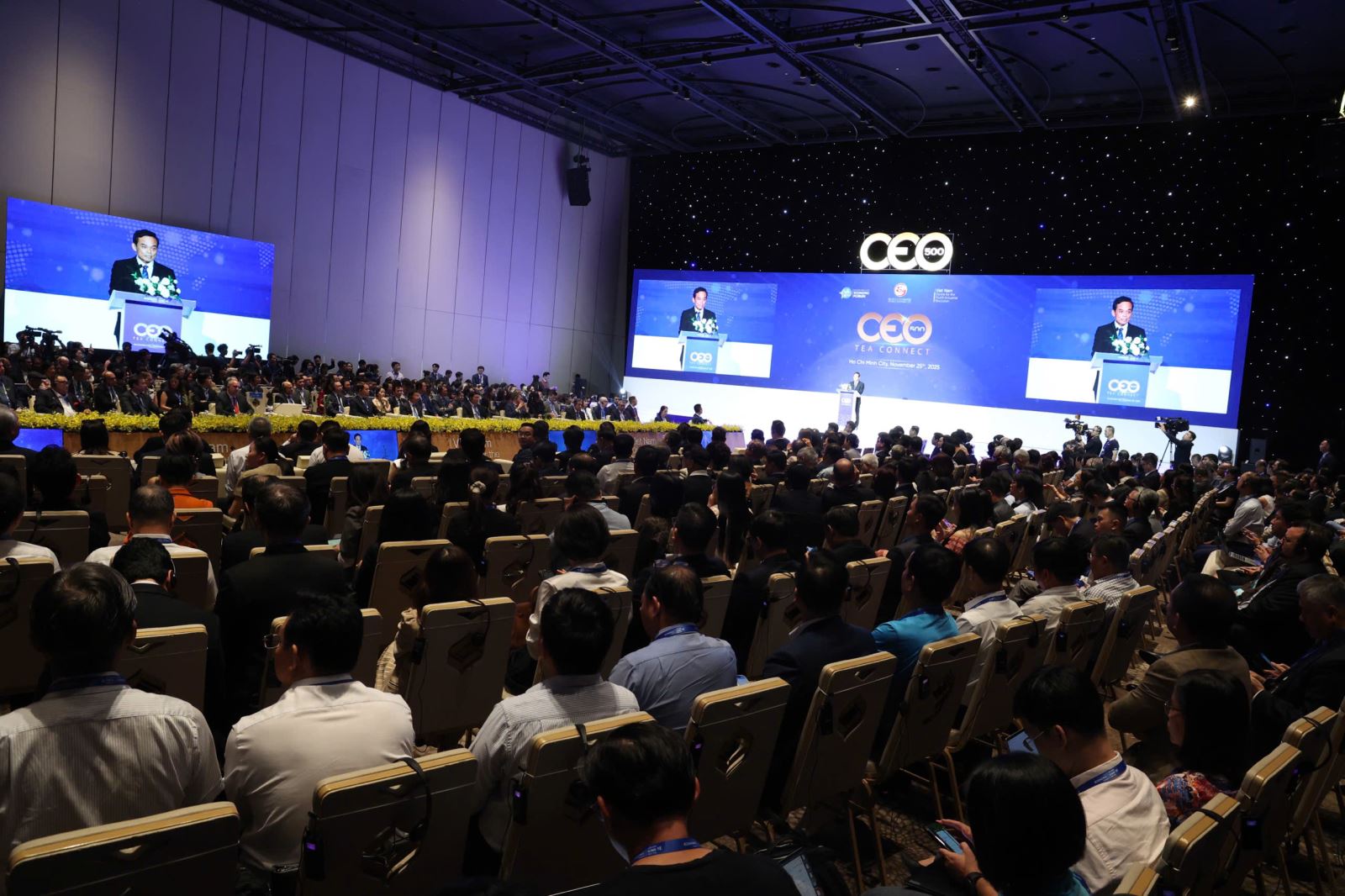
Positioning the 5 strategic pillars
Mr. Tran Luu Quang, Secretary of the Ho Chi Minh City Party Committee, said that Ho Chi Minh City is currently entering a new stage of development with the aspiration to become a modern, dynamic, globally competitive international megacity and a livable place for people. With a population of more than 14 million and contributing nearly 25% of the country's GDP, Ho Chi Minh City continues to play the role of an economic locomotive. However, the stature of a megacity is not only measured by population size or economic strength, but also by the quality of growth, urban governance capacity, international connectivity and the ability to create a good living and working environment.

According to Mr. Tran Luu Quang, to turn the goal into reality, the City is repositioning its development strategy with a multi-polar, integrated and connected mindset, through the model of "3 regions - 3 corridors - 1 special zone - 5 pillars". In which, the 5 strategic pillars are identified including high-tech industry and innovation with a focus on AI, big data and semiconductors; logistics and free trade associated with seaports and airports; development of an international financial center; tourism and cultural industry; along with education - health - science and technology towards regional and international standards.
Secretary Tran Luu Quang also pointed out 5 major limitations and challenges that Ho Chi Minh City must face, including: Rapid population pressure, lack of financial resources, technology, high-quality human resources, incomplete transportation and logistics systems, so it is necessary to reform public services associated with digital transformation and increasingly fierce competition between international economic centers.
Only by boldly innovating, maximizing internal resources and expanding strategic cooperation, can Ho Chi Minh City rise to the level of a leading urban area in the region. Therefore, the City attaches special importance to building a deep network of partners, connecting global knowledge and the business community in the digital age. Accordingly, the space of 500 CEOs - Tea Connect is a space for leaders and experts to meet in an open spirit, thereby proposing initiatives that can be immediately applied to urban development practices.
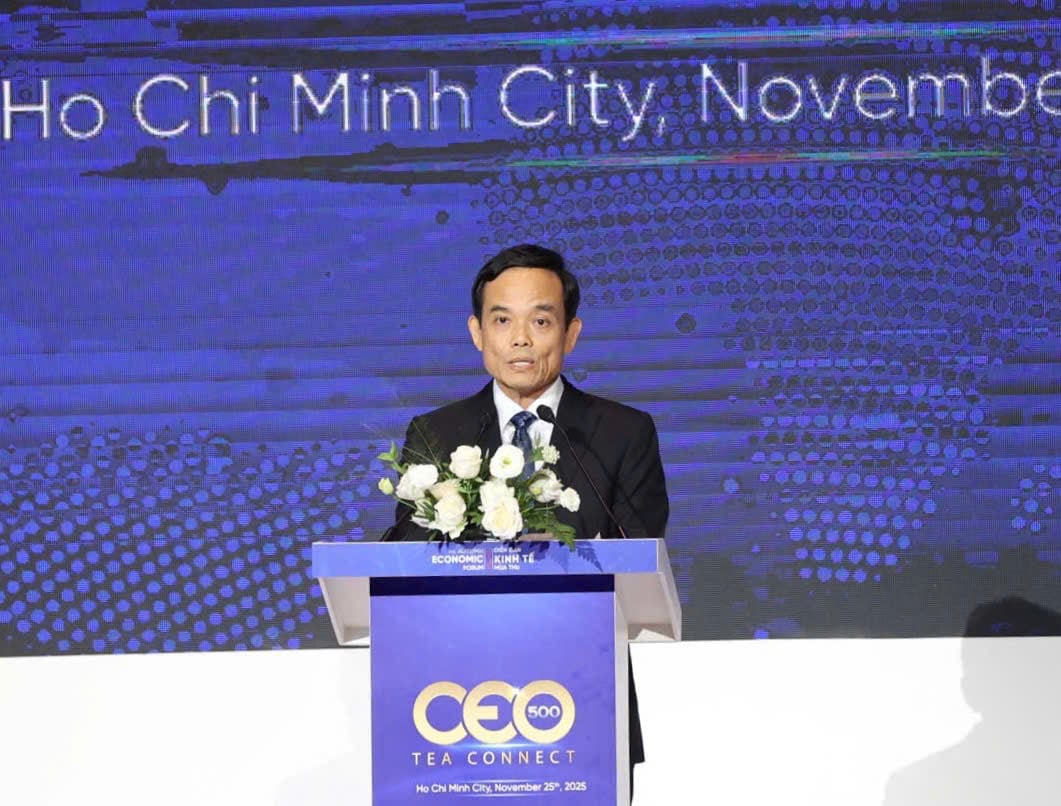
Regarding the economy of Ho Chi Minh City, Dr. Truong Minh Huy Vu, Director of the Ho Chi Minh City Institute for Development Studies, said that after the merger of administrative boundaries, the city is facing urgent demands for restructuring development. Accordingly, the biggest bottleneck of Ho Chi Minh City today is no longer in scale but in the imbalance between infrastructure and growth needs. The new urban space is larger, but the external transport system, inter-regional logistics and development support institutions are still not capable enough to meet the role of a regional economic center.
In addition, according to Mr. Huy Vu, the merger not only expands the boundaries but also requires redefining the “economic identity” of Ho Chi Minh City. Therefore, the City cannot continue to develop according to the traditional linear model but needs to shift to a multi-center model, in which the surrounding growth poles become natural extensions of the urban area.
Binh Duong, with its mature manufacturing industry and pioneering industrial park system, can become a “supporting factory” for Ho Chi Minh City, helping the city focus on service economy, finance and innovation. In parallel, the deep-water port of Cai Mep - Thi Vai in the old Ba Ria - Vung Tau is playing a key role in trade restructuring.
Therefore, if Ho Chi Minh City expands infrastructure connections and forms an inter-regional logistics chain with this seaport system, it can fundamentally solve the gateway congestion problem and improve international competitiveness. Accordingly, regional connectivity will essentially create a new development margin, helping Ho Chi Minh City shift from the role of "domestic locomotive" to a regional economic and service center.
Take full advantage of the region's advantages
At the dialogue session, representatives of large corporations in the world such as Foxconn, Qualcomm, Siemens, Amazon, Schneider Electric, Nokia, and many typical domestic enterprises such as Nam A Bank and Techcombank also presented many solutions to contribute to the economic development of Ho Chi Minh City after the merger period.
Nam A Bank representative said that to realize the vision of an international financial center, Ho Chi Minh City needs to develop green financial products to open up foreign capital flows. In addition, Ho Chi Minh City also needs to focus on three key product pillars such as green supply chain financing, carbon credit trading and environmental commodity trading products.
At the same time, Ho Chi Minh City also needs to strongly apply blockchain, IoT and AI technology to traceability and ESG scoring, along with a "sandbox" mechanism for a green supply chain platform, similar to the models of MAS - BNP Paribas, IFC or EU.

Meanwhile, a representative of Sun Seven Stars Group (USA) said that the company currently wishes to cooperate with Ho Chi Minh City in the fields of digital finance, digital assets and financial-technology center models. These are all important pillars to form a green, transparent, high-tech financial ecosystem.
In terms of industrial and technological cooperation, Foxconn Industrial Internet representatives also expressed their hope that the company could expand its supply chain of electronics, electric vehicle components, smart factories and semiconductors in the Ho Chi Minh City - Southeast region. European and Singaporean companies such as Schneider Electric and Nokia also committed to working together in developing smart grids, energy management systems, data centers and 5G infrastructure in Ho Chi Minh City. These are key factors to building a green, energy-saving urban area and operating a digital economy in the area.
According to international corporations, Ho Chi Minh City is becoming a strategic destination to test new development models, apply green technology, expand supply chains and build R&D centers. This reflects strong confidence in the city’s potential and strengthens the role of Ho Chi Minh City in Vietnam’s “green growth in the digital age” strategy.
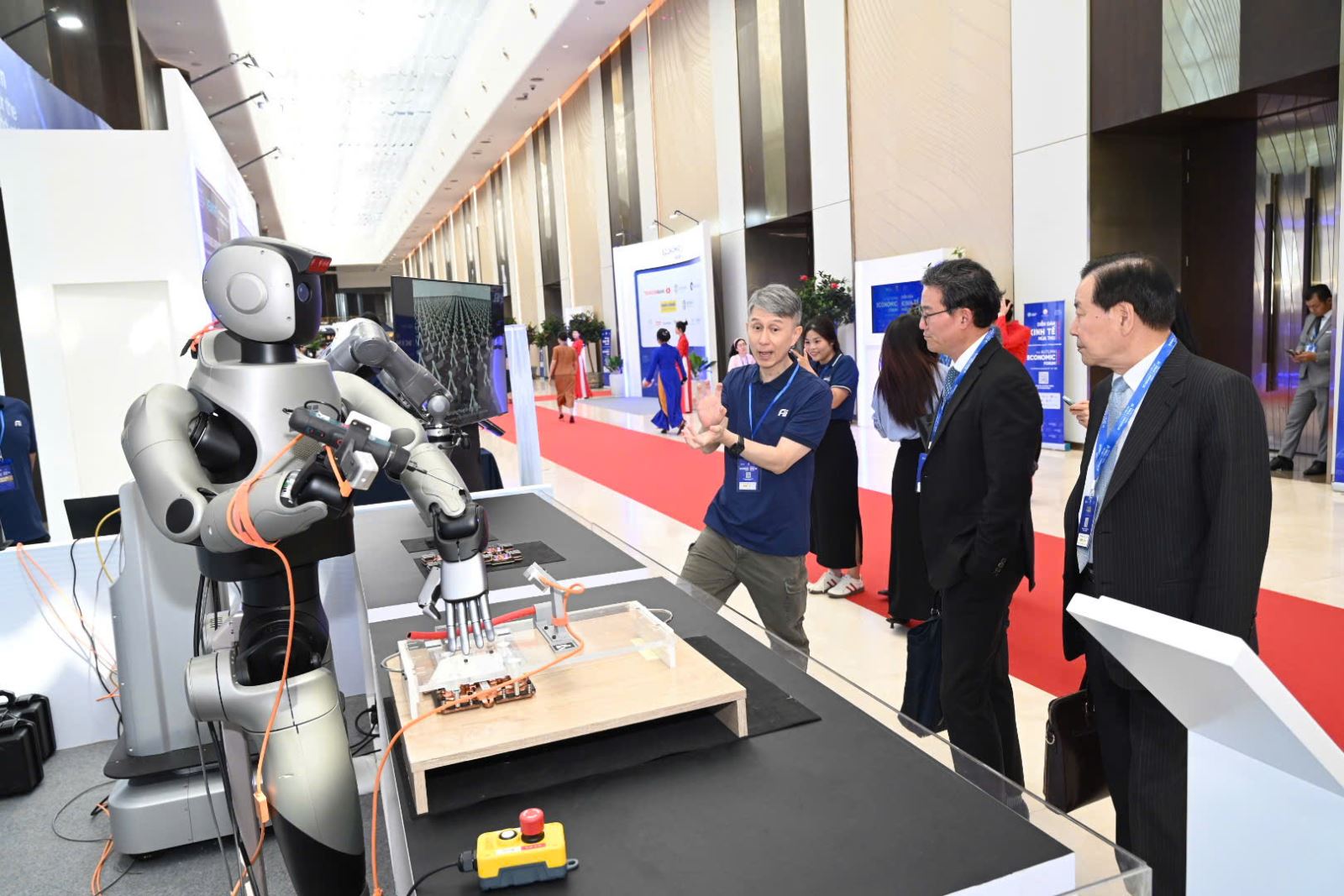
Sharing about the economic development orientation of Ho Chi Minh City, Mr. Nguyen Van Duoc, Chairman of the Ho Chi Minh City People's Committee, said that all the opinions contributed by businesses at this dialogue session are important in completing the policy-making process and establishing a new development direction for the city. Currently, the Government's requirement for Ho Chi Minh City is to play a proactive role in creating, boldly removing institutional bottlenecks, unlocking resources and improving the competitiveness of the national locomotive city.
To achieve the above goal, the City will make the most of regional advantages, especially the strategic connection between the three development spaces of North - Central - South to create stronger growth momentum. In addition, Ho Chi Minh City also strives to become the leading economic and financial center of the region, in line with the orientation of Resolution 57 of the National Assembly; the City will also develop culture as an important soft resource, promoting cultural and creative industries and the unique identity, political and historical values of the city.
According to Mr. Nguyen Van Duoc, science, technology and innovation will be the pillars to help the city achieve double-digit growth in the coming period. To do this, close coordination between the State - schools - enterprises is needed in policy making, infrastructure development, human resource training and commercialization of research results. On the other hand, Ho Chi Minh City will continue to promote administrative reform towards transparency, integrity and professionalism to create the most favorable environment for investors and enterprises.
Source: https://baotintuc.vn/viet-nam-ky-nguyen-moi/tp-ho-chi-minh-huong-den-sieu-do-thi-quoc-te-trong-ki-nguyen-so-20251125175428121.htm


![[Photo] President Luong Cuong attends the 50th Anniversary of Laos National Day](/_next/image?url=https%3A%2F%2Fvphoto.vietnam.vn%2Fthumb%2F1200x675%2Fvietnam%2Fresource%2FIMAGE%2F2025%2F11%2F27%2F1764225638930_ndo_br_1-jpg.webp&w=3840&q=75)




![[Photo] Prime Minister Pham Minh Chinh chairs the 15th meeting of the Central Emulation and Reward Council](/_next/image?url=https%3A%2F%2Fvphoto.vietnam.vn%2Fthumb%2F1200x675%2Fvietnam%2Fresource%2FIMAGE%2F2025%2F11%2F27%2F1764245150205_dsc-1922-jpg.webp&w=3840&q=75)






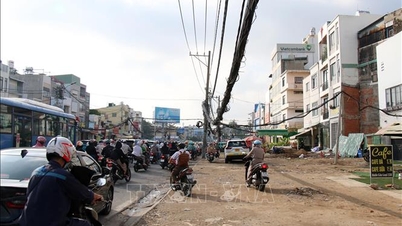




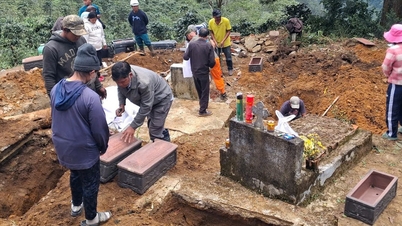

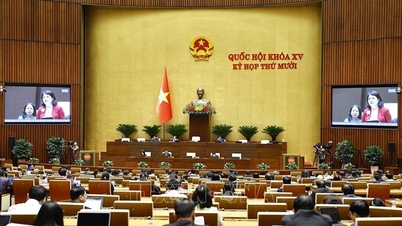

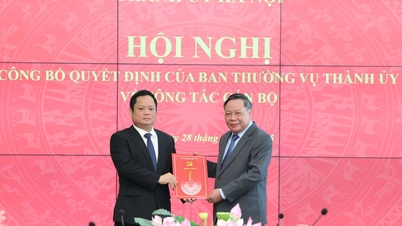





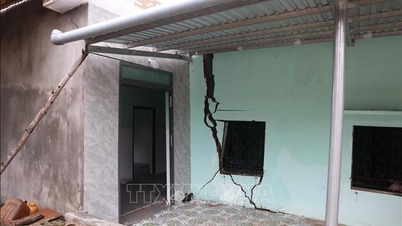

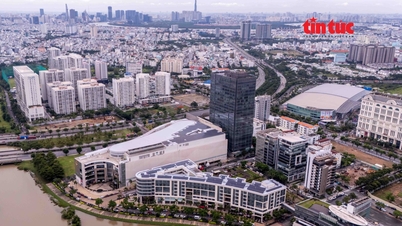

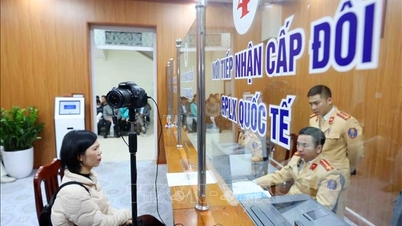
















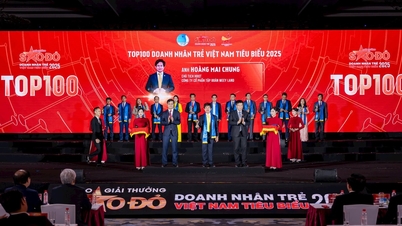



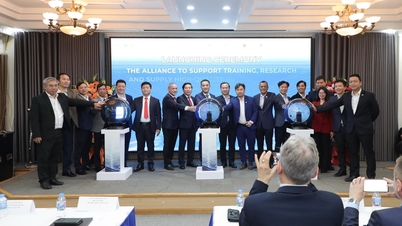





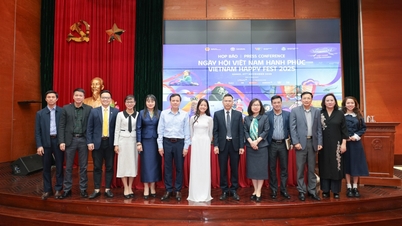



















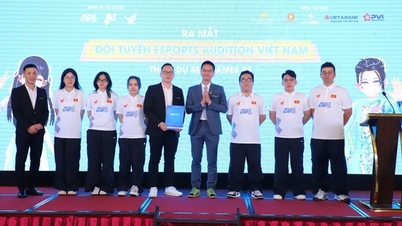

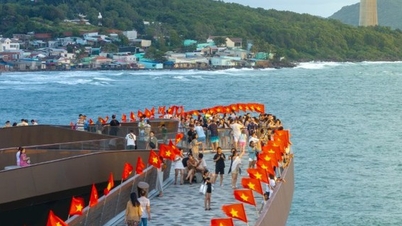

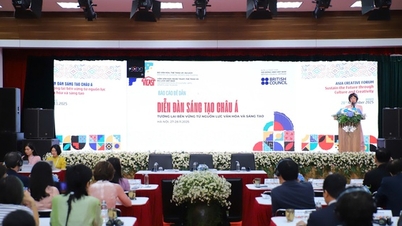
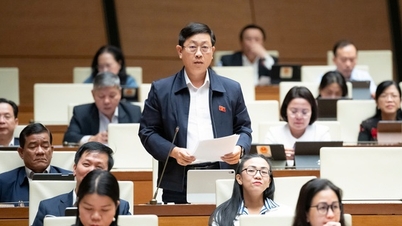
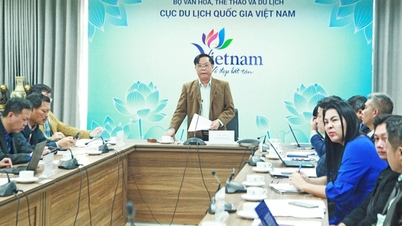



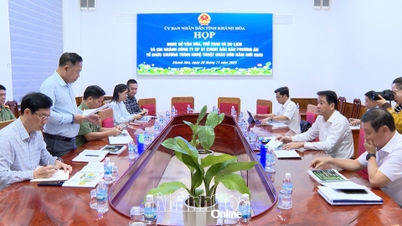

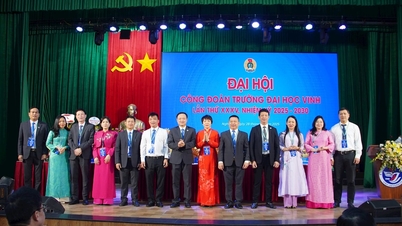



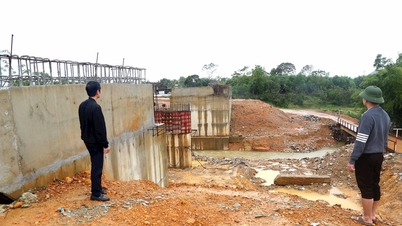













Comment (0)